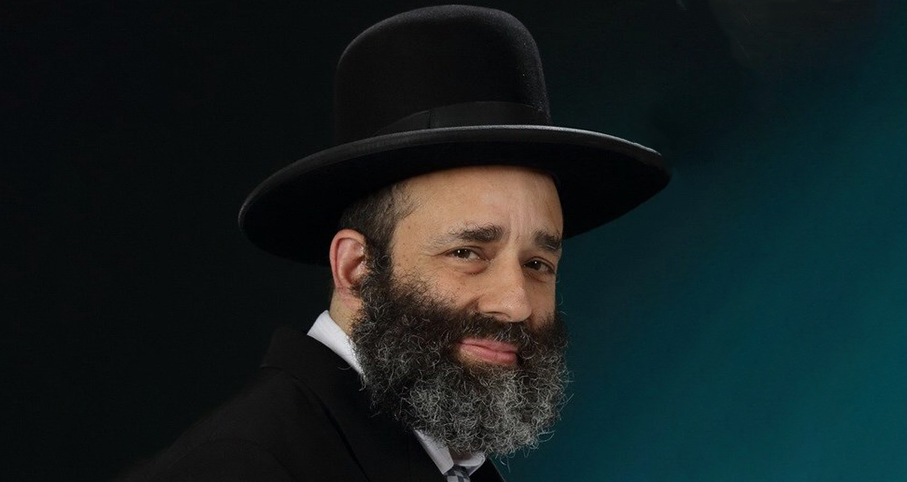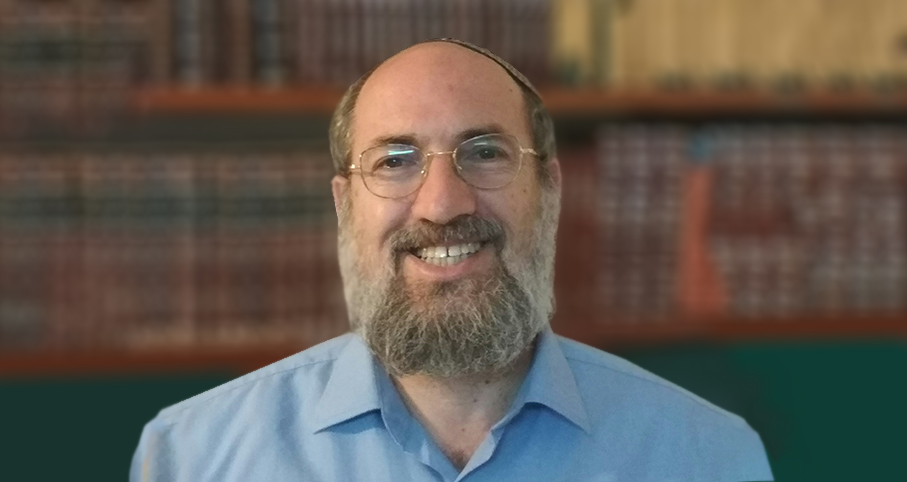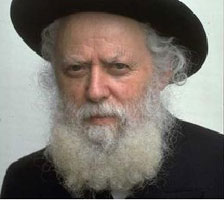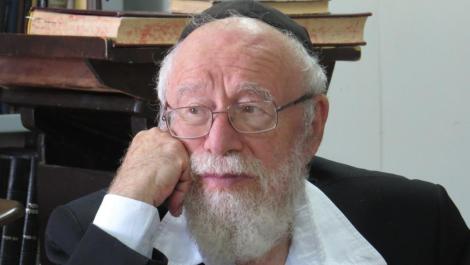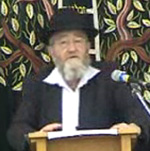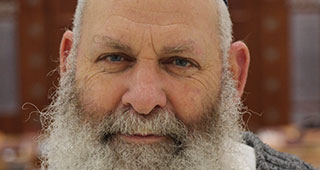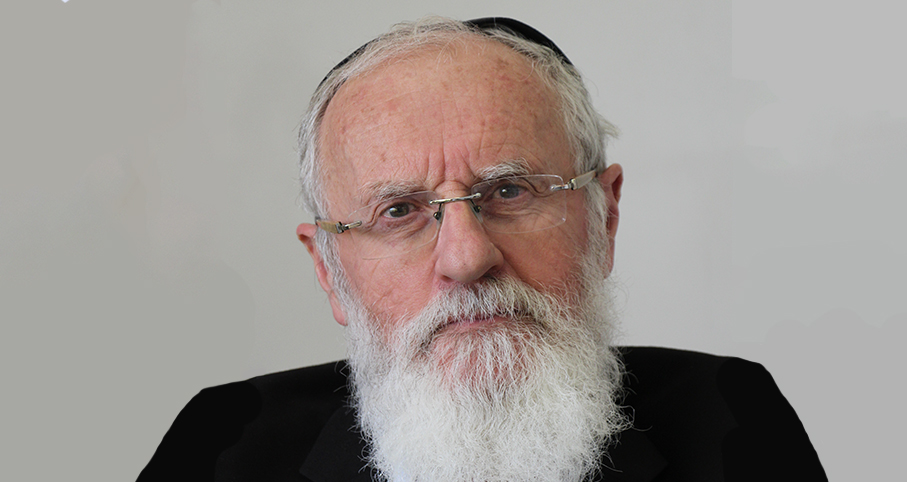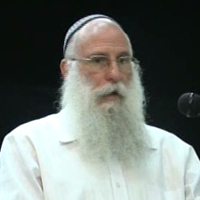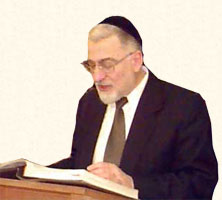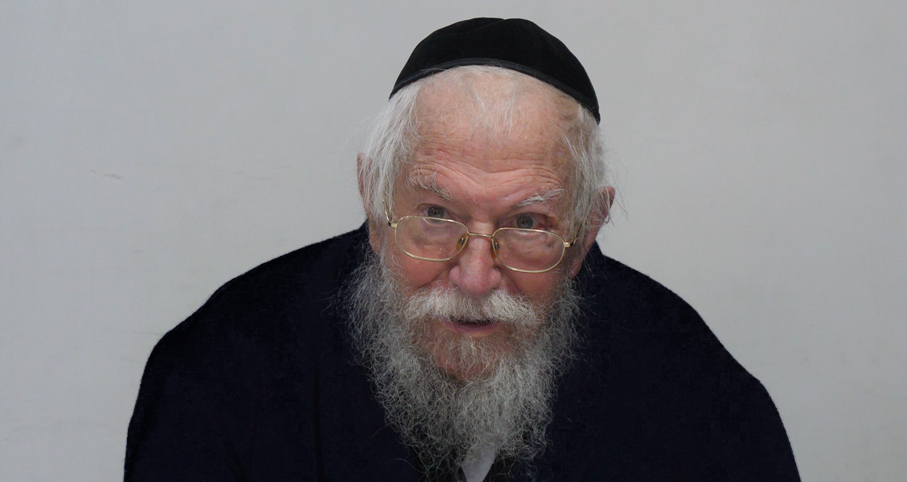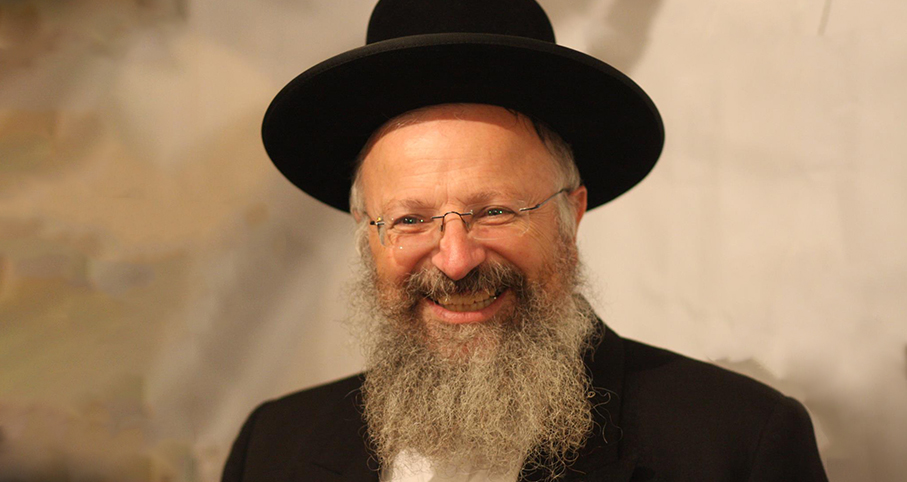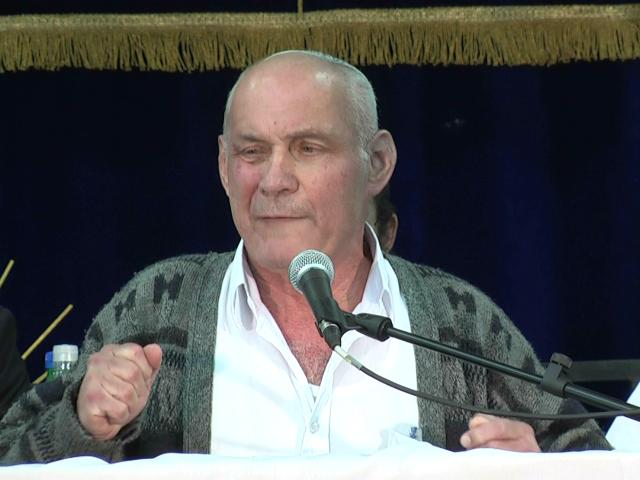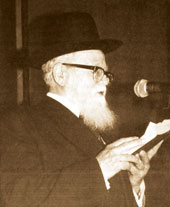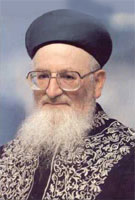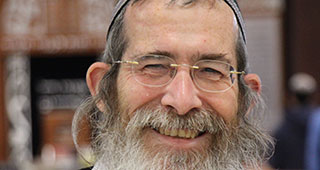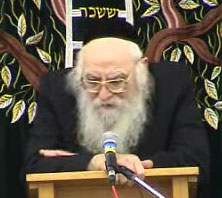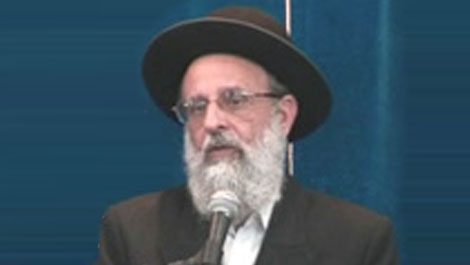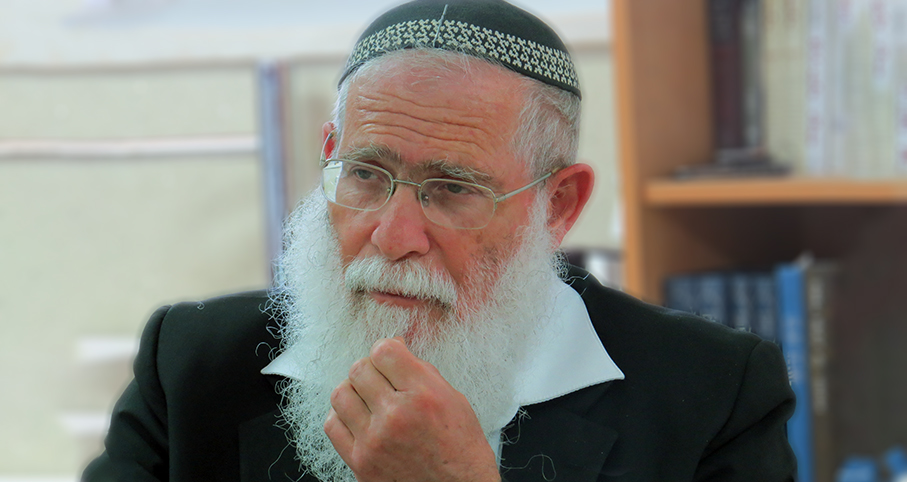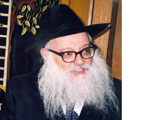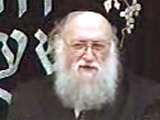Beit Midrash
- Sections
- Chemdat Yamim
- Parashat Hashavua
- Shabbat and Holidays
- The High Holidays
- Yom Kippur
Now we want to put the ideas behind that mishna in the context of Sukkot. The women would urge the men to not notice physical beauty but to consider such things as the family in which the young woman grew up. They cited the pasuk: "Charm is false, and beauty is void of meaning; a woman who is G-d-fearing should be praised" (Mishlei 31:30). They also cited the pasuk in Shir Hashirim (3:11) about seeing the crown of King Shlomo which his mother made for him on the day of his marriage (referring to the giving of the Torah) and the day of his heart’s happiness (referring to the building of the Beit Hamikdash).
Let us apply the matter as follows. On Yom Kippur, we cast aside physical needs and focus on fixing society. On Sukkot, we abandon another basic physical need – the house which brings us stability and security – and go out to live in the sukka. This helps us receive forgiveness and atonement, represented by the possibility to dwell in the proximity of the Divine Presence.
The idea of the Kohen Gadol entering the place of the cloud (see Vayikra 16:2), in the Holy of Holies on Yom Kippur, has a broader application on Sukkot. It is not just the Kohen Gadol who enters the sukka and the shade of Hashem that it represents. The idea of unity that arises on Sukkot (e.g., the motifs of lulav and etrog, the idea of sharing one sukka) is something that facilitates the presence of the Divine Presence in the Mikdash throughout the year. This unity was also critical in the giving of the Torah, which occurred when the people became "like one person with one heart" (Rashi, Shemot 19:2).
As the mishna equates the two, the individual equivalent to the national giving of the Torah and building of the Mikdash is one’s wedding. In the meeting place to encourage Jewish marriages, people reminded each other that the idea behind marriage is building a relationship that is based on fear of Hashem. That is the idea of "if [the couple] succeeds, the Divine Presence will be between them."
We want to relive the days of meriting special clouds – like the ones that hovered over the tents of the patriarchs and matriarchs and those that their offspring merited in the desert. We want a taste of the clouds that were in the Beit Hamikdash during its inauguration and those that were seen every Yom Kippur. The sukka, which reminds us of the enveloping cloud, represents all of these ideas. As we wish each young couple, we hope that these clouds of glory will enrich and accompany the couple wherever they go.
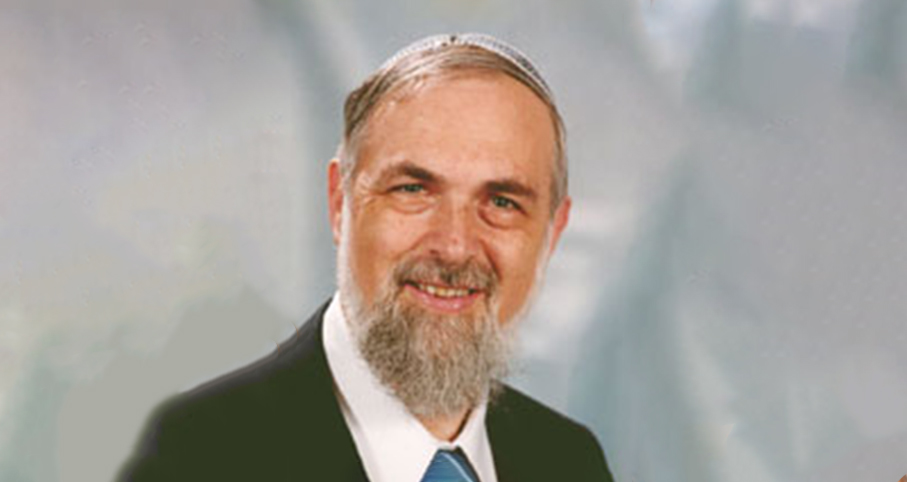
Parashat Hashavua: 137 and the Power of Uncertainty
Rabbi Yossef Carmel | Cheshvan 5786

Parashat Hashavua: Divinely Ordained Sibling Deceit
Rabbi Yossef Carmel | Cheshvan 5786

Do Not Desecrate the Land
Rabbi Yossef Carmel | Tammuz 5767

